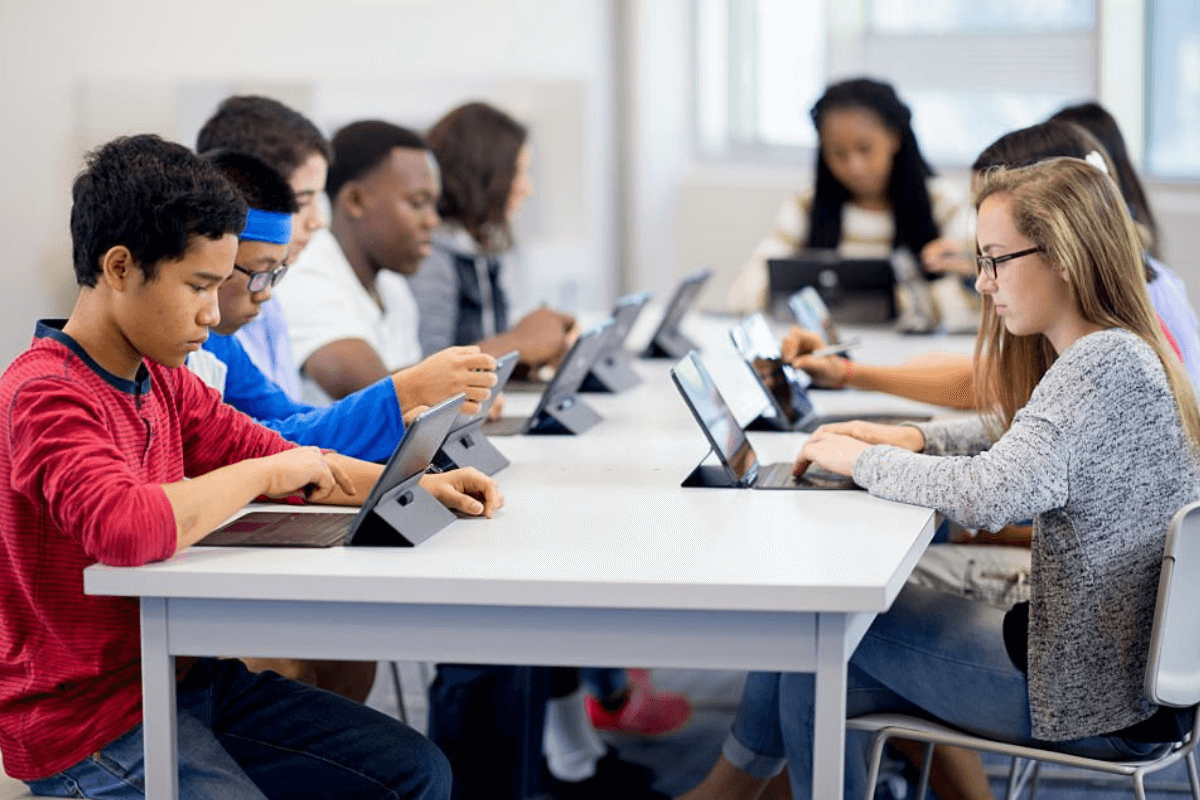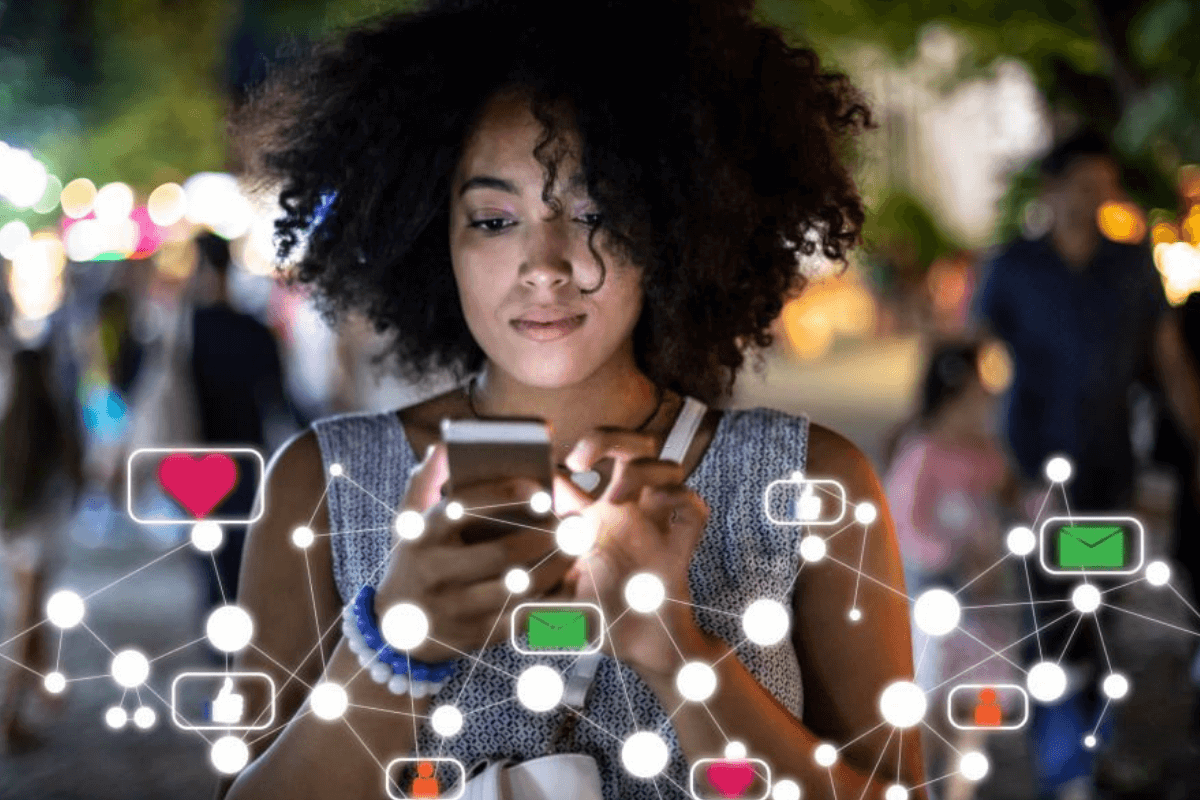Technology and Social Media in Education Sector
In this blog lets take a look at how technological and social media advancements are affecting the future of learning.
Learning is being reimagined by new technologies such as artificial intelligence (AI), virtual reality (VR), and machine learning (ML). Educators' roles have been reimagined, and teaching methods have undergone radical revisions as a result. Hyper-personalized student experiences are emphasized, in which learners are seen as individuals with distinct abilities, needs, and issues.
How Changes in Social Media and Technology Are Influencing Education Going Forward.
1. The role of teachers is enhanced by AI and social media
Big data and artificial intelligence are reshaping several sectors, including education. Teachers and students may benefit from AI in a variety of ways when it is used effectively.
Teachers may use it to automate numerous tedious tasks, such as the creation of lesson plans. Because of this, instructors are able to spend more time on their professions that need creativity.
It makes it possible to have access to a broad range of knowledge from across the world. A lack of geographical or linguistic boundaries is eliminated by AI. When it comes to translating educational materials, for example, there are several programs that use natural language processing to do it.
AI voice assistants, such as Alexa or Cortana, are becoming more popular in the classroom. For example, Arizona State University employs Alexa to handle common campus issues, such as ordering food and getting information.
2. Transforming into an adaptive and personalized process of learning
Lectures and textbooks have long been the mainstays of traditional education paradigms. Technological advances have been testing this paradigm for the last several years now.
In adaptive learning models, each learner is seen as an individual with their own set of unique learning requirements. Teachers who take the time to get to know their students' learning styles and preferences will be more equipped to deliver lectures, plan group projects, and meet the individual requirements of their students.
The most significant change is that students now have greater control over their education and they can now use youtube for their studies.
There is no danger to existing educational paradigms from the use of adaptive learning tools and approaches. Teachers are increasingly able to tailor their lessons to each student's unique needs because of the growth of technology in education and are able to buy youtube views to increase their reach.
In the classroom, adaptive learning tools are increasingly taking the place of conventional textbooks since they enable students to study at their own speed and level of expertise.
3. Video aids in the learning process
Image superiority is a term that may be new to you. That's a common phenomenon: people are better at remembering visuals than words. More than 2,000 images may be recalled with 90% accuracy by the average person.
As a result, it should come as no surprise that video has become so important in teaching. Students are more motivated, their learning experiences are improved, their grades are improved, their autonomy is developed, and their potential for deeper understanding of the topic is encouraged. Video is popular with students because it makes studying easier and more engaging.
4. Remoting learning is made possible by cloud technologies
Students nowadays are well-versed in the latest technological advancements. Regardless of whether they're studying online or in a brick-and-mortar classroom, students have access to the same resources. They are no longer constrained to the pages of textbooks. In order to acquire answers quickly to their inquiries while using their cellphones, computers, or tablets, people will use these devices.
The expansion of the cloud industry in education has been fueled by the emergence of mobile technology. Teachers and kids alike may reap the advantages of the cloud.
Remote learning is only one of the many options available to students today. As a result of the Coronavirus outbreak, several schools have shifted from conventional to virtual classrooms. Schools can set up virtual classrooms for their pupils thanks to the cloud infrastructure. Thus, they'll draw students from all around the country and cut down on infrastructure costs.
Teachers may use cloud technology to provide online lectures to students who are not in the same location as them. Students and professors may upload materials in real-time using cloud storage programs like Dropbox or Google Drive. High-quality audio and video conversations may be made no matter where you are thanks to VoIP technology. Teachers and students can interact more efficiently using mobile IM programs like Slack or Viber.
Conclusion
In the near future, instructors will not be replaced by AI or automated systems. Instead, they'll make their jobs easier by automating routine chores and giving them more information about their pupils' progress. Educators may then concentrate their efforts on what really counts - their pupils.
They will be able to give them highly individualized learning experiences and tailor-made study plans that match their knowledge levels and learning speeds.

Subscribe & get all related Blog notification.





Post your comment